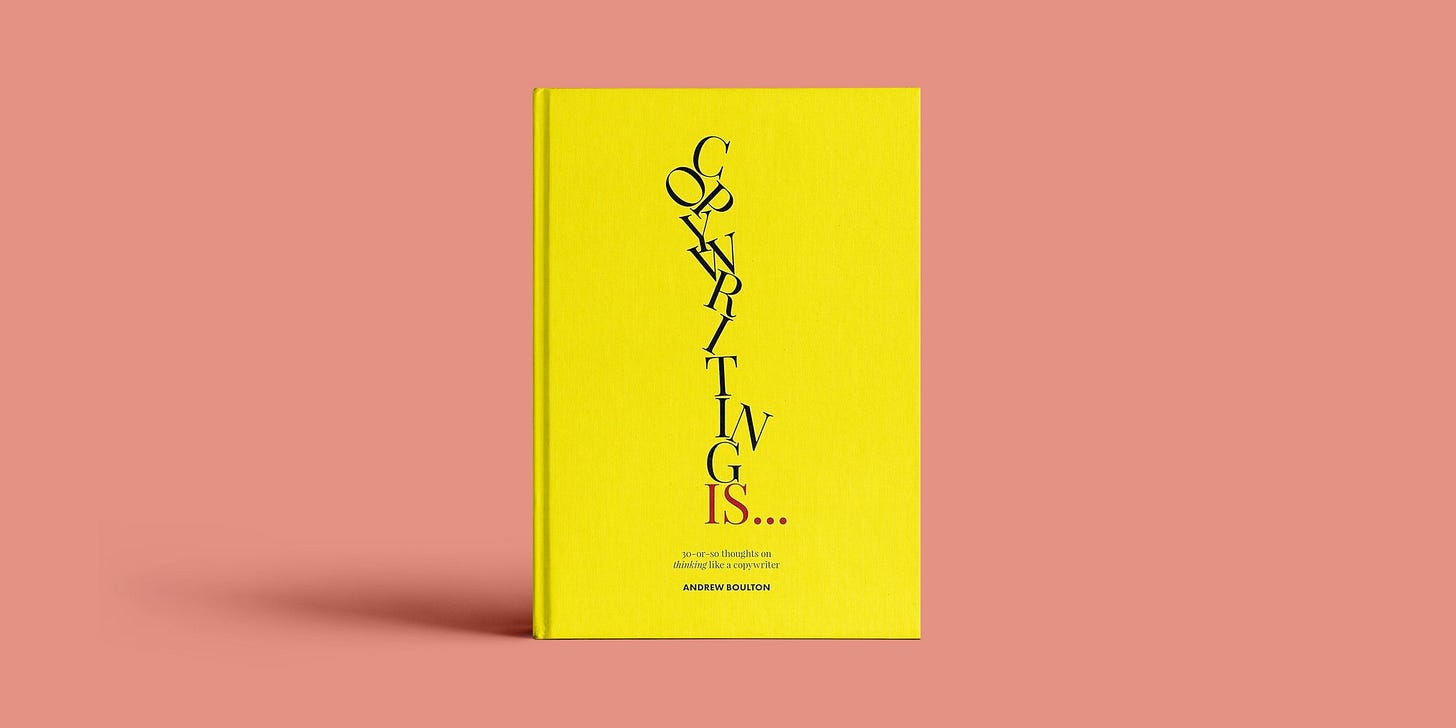Alex Murrell: Edition #008
Welcome
Welcome to Edition #008 of Strategy Made Simple.
This newsletter captures the best of what I’ve written, recorded and read since the last issue came out.
Enjoy.
Articles
In March 2023, I published The Age of Average. The article argued that the world in which we live, including its art and architecture, film and fashion, increasingly looks alike.
Since publishing the piece, it’s been read over half a million times, presented at conferences and discussed on podcasts.
But despite its success, there’s a chapter that has never seen the light of day. This chapter delved deep into how our musical culture is homogenising in exactly the same way as our visual culture.
Now, I’ve finally found the time to turn this “lost” chapter into an essay of its own.
The essay is called The Age of Average (Encore). I hope you enjoy reading it.
Past articles
For the newcomers, here are five of my most popular pieces:
Adland is an Island argues that those who work in advertising and marketing are nothing like the consumers we serve.
Big Questions for Big Data argues that five big questions should cause us to cast a more critical eye on big data.
The Errors of Efficiency argues that the waste in advertising is actually the part that works.
The Forecasting Fallacy argues that our ability to make predictions across five fields is pretty poor.
Magpie Marketing argues that the pace of change is not accelerating as fast as marketers would like you to believe.
Summaries
Since publishing the last edition of the newsletter I’ve summarised three books:
In total, you can now find 27 book summaries on my website, each of them no more than a two minute read.
Keep an eye on Twitter or LinkedIn for the next summary.
Links
Here’s five of the best things I’ve read over the last few months.
Strange bedfellows. When shared values are a bad thing
Phil Adams argues that opting for single-word brand values (e.g. humanity) often result in a very generic articulation of a company’s principles. Adams illustrates this point beautifully by showing two pairs of very different brands that share a brand value. When Shell and Patagonia both claim “integrity” as a value, doesn’t it drain the word of its meaning and power? For balance, others have argued that values help to define a business internally rather than a brand externally. And as such, authenticity is more important than distinctiveness.
Most categories are repertoire categories
I stumbled across an old post (2011) from consultancy Bain & Company which presents research on the repertoire sizes of 14 different categories in the UK. As a rule of thumb, shoppers in all categories have a repertoire of between two and six brands. And on average shoppers have a repertoire of 3 brands. The prevalence of repertoire buying isn’t a new finding by any means. But it’s always nice to put data to a commonly accepted truth.
Study finds ad effectiveness does not ‘wear-out’ over time
System 1 Research shared a study comparing an advert’s current star rating (a predictive measure of long term effectiveness) with the length of time the ad has been ‘on air’. If ‘wear out’ (the idea that an advert becomes less effective the more it is seen) was a strong force, you’d expect to see a downward trend line on the chart below, with ‘younger’ ads receiving higher scores, on average, and older ads receiving lower scores. But this isn’t the case. In fact, there is no real time-series trend at all. Ads receive an average of between 2.0 and 2.4 stars regardless of their age. Wear out, it seems, is a myth.
Difference is worth paying more for
Since Byron Sharp published How Brands Grow in 2010, there has been a debate over whether brands need to be differentiated. The Ehrenberg-Bass Institute say they don’t. Kantar say they do. I think this debate might be resolvable. True differentiation is rare. And when it does exist it does not significantly improve penetration (the number of people who buy). But where it is found, it may improve “willingness to pay”. Research from Kantar shows a strong relationship between the percent of consumers who agree that a brand is “unique” and the percent who agree the brand is “worth paying more for”. This indicates that differentiation might be key for increasing price power.
Do logos communicate meaning?
William Caruso, a senior marketing scientist at the Ehrenberg-Bass Institute, shared data showing that, in a study of 1030 assets across 6 countries, under 10% of logos prompted meaning beyond the category. In brand identity, the gold standard may be a logo that links to a brand story (e.g. the Nike tick communicating ‘achievement’), but the research shows, for the vast majority of marques, associations are far less common than is often argued.
Archive
If you’d like to go back and read previous editions of this newsletter, the first seven can be found below:
Over and out
Thank you again for subscribing to this newsletter. If you enjoyed the edition, feel free to share it with anyone who may find it valuable. You can also follow me on social to get more frequent updates. All the links can be found on my website.
As always, please do let me know if you have any feedback. I always love to hear from you.
Until next time,
Alex










